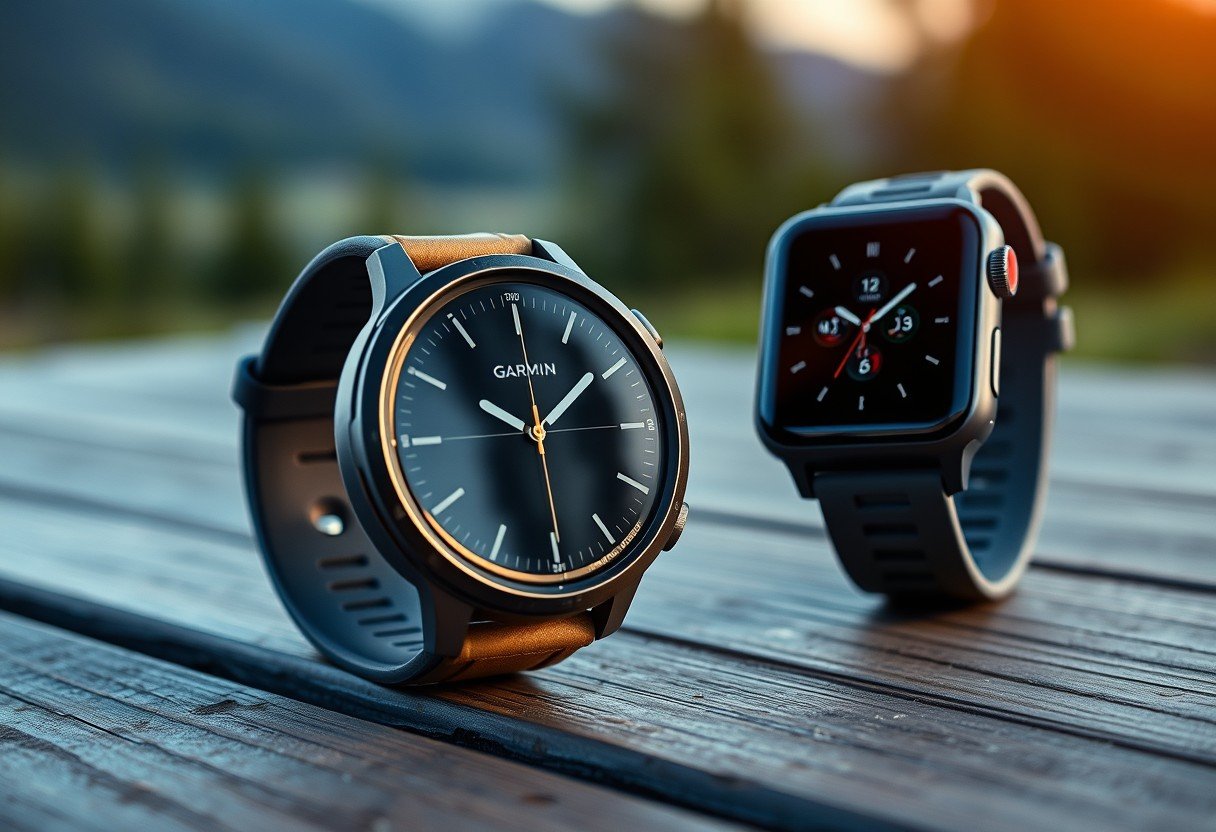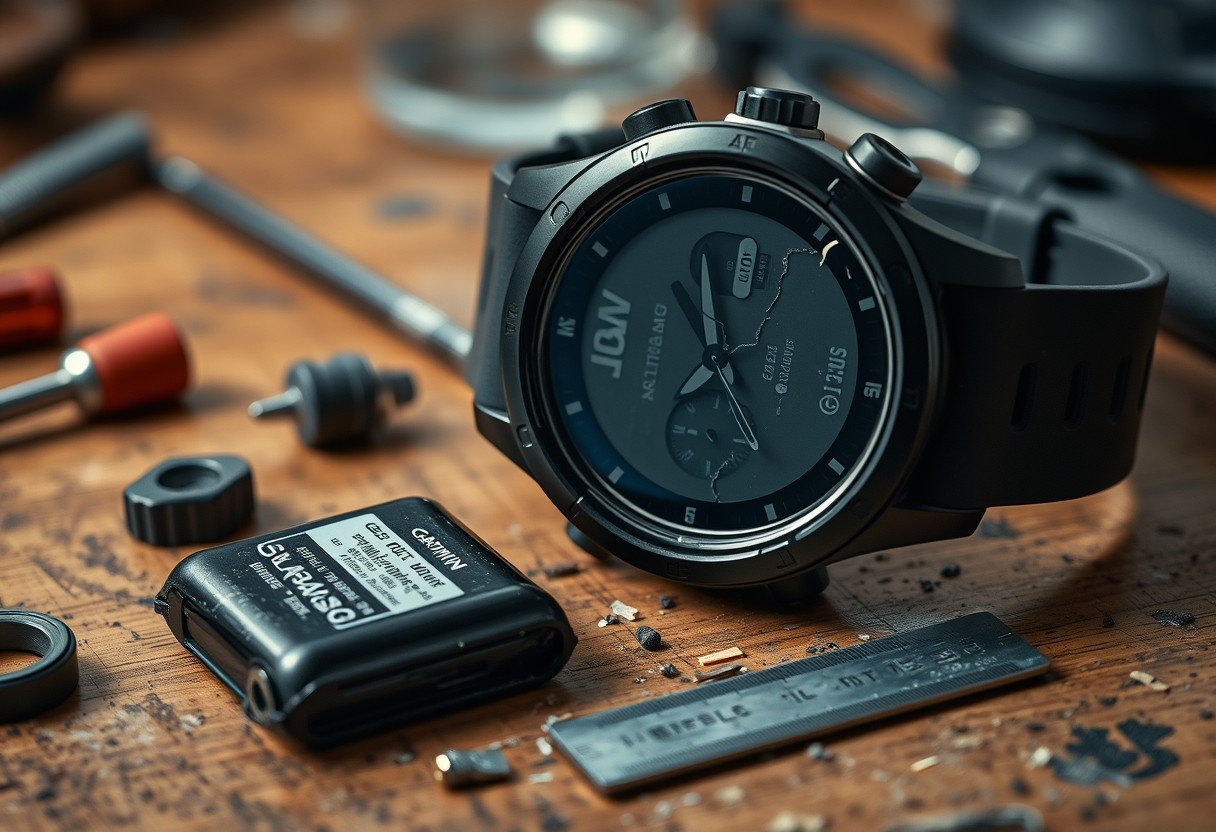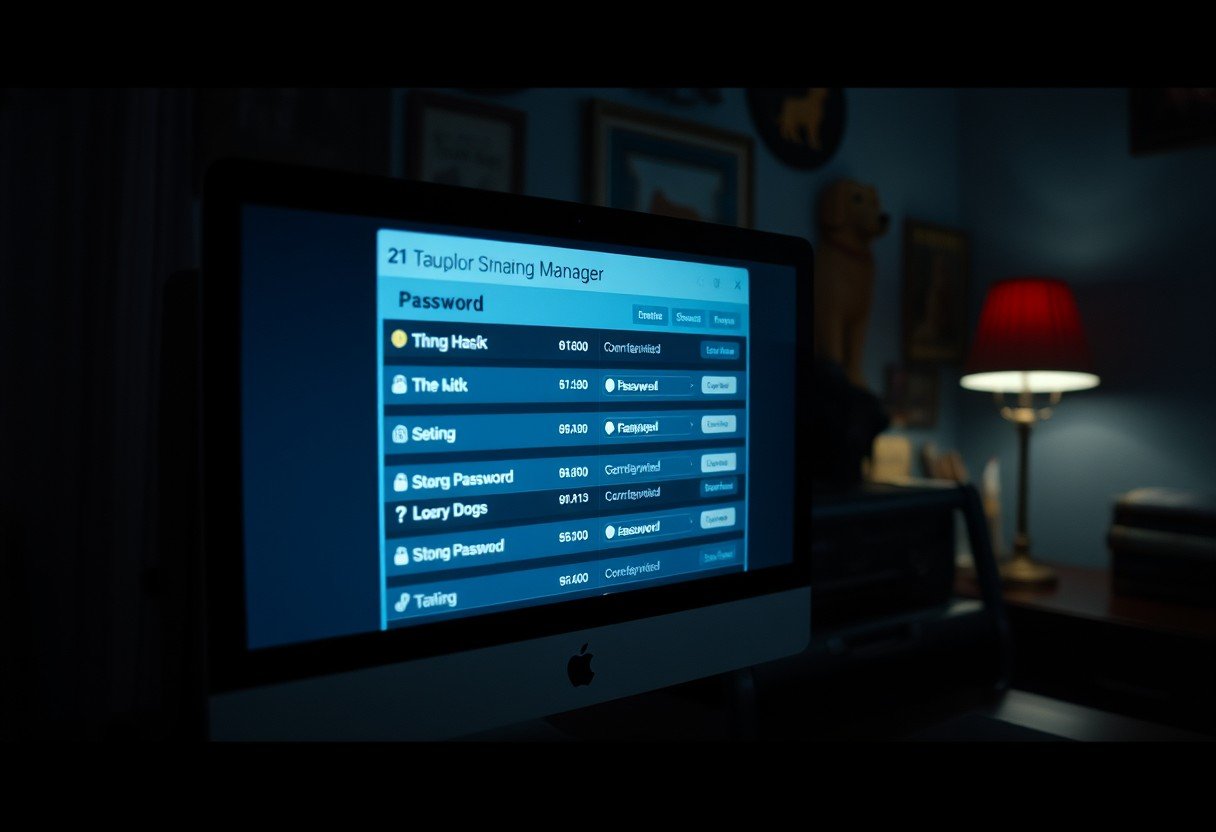Choosing a smartwatch can be tough, especially when you’re active. While an Apple Watch is a great all-around device, a Garmin watch is often the better choice for serious athletes and outdoor lovers. This is because Garmin focuses on precise fitness tracking, incredible battery life, and durability. If your main goal is to monitor and improve your physical performance, understanding why a Garmin might be right for you is the first step toward making a smart purchase.
A Deep Dive into the Fitness-First Design
Garmin watches are built from the ground up with athletes in mind. Their primary purpose is not just to be a smart device on your wrist, but a dedicated training partner. This focus is clear in every aspect of their design and software.
The target audience for Garmin is clear: runners, cyclists, swimmers, triathletes, hikers, and anyone who takes their physical activity seriously. These users demand accurate data and reliable performance in challenging conditions, which is exactly where Garmin excels.
Unlike general-purpose smartwatches, Garmin provides a suite of tools specifically for performance optimization. This means you get more than just step counts; you get actionable insights into your training. The features are tailored to help you understand your body’s response to exercise, plan your workouts more effectively, and track your progress over the long term.
The Apple Watch for a Connected Lifestyle
The Apple Watch, on the other hand, excels at being an extension of your iPhone. It is designed for seamless integration into the Apple ecosystem, making it a powerful tool for communication, convenience, and general health monitoring.
Its appeal is broad, attracting tech enthusiasts, busy professionals, and casual fitness users. If you value receiving notifications, making calls from your wrist, and using a wide variety of lifestyle apps, the Apple Watch is an incredible device. It serves as a central hub for daily life management.
While it has robust fitness tracking features like Activity Rings and workout detection, its approach is more geared toward promoting a generally healthy and active lifestyle rather than elite performance training. For many people, this is more than enough to stay motivated and track their daily fitness goals.
Comparing Accuracy and Specialized Metrics
When it comes to data, not all watches are created equal. For any serious athlete, the accuracy of GPS, heart rate, and other metrics is crucial for effective training. This is an area where Garmin has built its reputation.
Garmin watches are renowned for their highly accurate GPS tracking, which is essential for mapping runs, hikes, or bike rides in remote locations. Their advanced sensors and algorithms provide dependable data you can trust to make training decisions.
Furthermore, Garmin offers a range of specialized metrics that you won’t find on a standard Apple Watch. These tools are designed to give you a deeper understanding of your fitness level and performance.
- VO2 Max Estimation: This metric measures your body’s maximum oxygen uptake, a key indicator of cardiovascular fitness.
- Recovery Time Advisor: After a workout, the watch suggests how long you should rest before your next intense effort, helping to prevent overtraining.
- Race Predictor: Based on your fitness data, it estimates your potential finish times for various race distances.
This level of detailed analysis empowers you to train smarter, push your limits safely, and see real improvement over time.
Battery Life is a Deciding Factor
Perhaps the most significant practical difference between Garmin and Apple watches is battery life. For anyone who participates in long activities like marathons, multi-day hikes, or triathlons, this can be the single most important feature.
Garmin’s long-lasting performance means you can focus on your activity without worrying about your watch dying. Many models can last for a week or more in smartwatch mode and for many hours with the GPS running continuously.
The Apple Watch, with its vibrant display and powerful processor, requires more frequent charging. This might not be an issue for daily use in an urban environment, but it becomes a major limitation during extended outdoor adventures or back-to-back training days. The need for daily charging can be inconvenient for those who want a set-it-and-forget-it experience.
| Device | Typical Smartwatch Battery Life |
|---|---|
| Garmin Watch | Up to 14 days |
| Apple Watch | 16 to 18 hours |
Durability and Design for the Outdoors
Your gear needs to be as tough as you are, especially when you’re exploring the great outdoors. Garmin watches are often constructed with rugged materials designed to withstand harsh conditions.
Many Garmin models feature fiber-reinforced polymer cases, scratch-resistant lenses, and high water-resistance ratings. They are built to handle bumps, scrapes, dust, and submersion in water, making them a reliable companion for any adventure.
While the Apple Watch is a beautifully designed piece of technology, its focus is more on aesthetics than extreme durability. Although it has some water resistance, it is generally more susceptible to damage from impacts and rough environments compared to the purpose-built Garmin devices.
Analyzing the Price and Overall Value
When considering your investment, it’s important to look beyond the initial price tag and evaluate the overall value proposition. Both brands offer a range of models at different price points, but what you get for your money differs significantly.
Apple’s premium pricing often reflects its powerful brand, seamless ecosystem integration, and advanced smart features. If these aspects are your priority, the cost can be justified. You are paying for a luxury tech experience that works flawlessly with your other Apple devices.
With Garmin, the value is heavily weighted toward its fitness and outdoor features. You can often find a Garmin model with superior GPS, longer battery life, and more advanced training metrics for a lower price than a mid-range Apple Watch. For a fitness-focused user, Garmin provides more practical value and a better return on investment for performance tracking.
Frequently Asked Questions
Which watch is better for a serious runner?
For serious runners, a Garmin watch is generally the better choice. It offers more accurate GPS, advanced running dynamics, VO2 max estimation, and recovery advice, which are all crucial for performance-oriented training.
Can a Garmin watch receive notifications like an Apple Watch?
Yes, Garmin watches have smart notification capabilities. When connected to your smartphone, you can receive alerts for calls, texts, and app notifications directly on your wrist, though interaction is typically more limited than on an Apple Watch.
How does the battery life really compare for continuous GPS use?
Garmin watches significantly outperform Apple Watches in GPS mode. While an Apple Watch might last for a few hours with continuous GPS tracking, many Garmin models can last for 20, 30, or even more hours, making them ideal for ultramarathons or long hikes.
Is the Apple Watch durable enough for hiking?
A standard Apple Watch can be used for hiking, but it’s not as rugged as most Garmin watches. For frequent or intense hiking in challenging conditions, a Garmin is a more durable and reliable option built to withstand the elements.
Do I need an iPhone to use a Garmin watch?
No, you do not need an iPhone. Garmin watches are compatible with both iOS and Android devices through the Garmin Connect app, making them a versatile choice for any smartphone user.








Leave a Comment